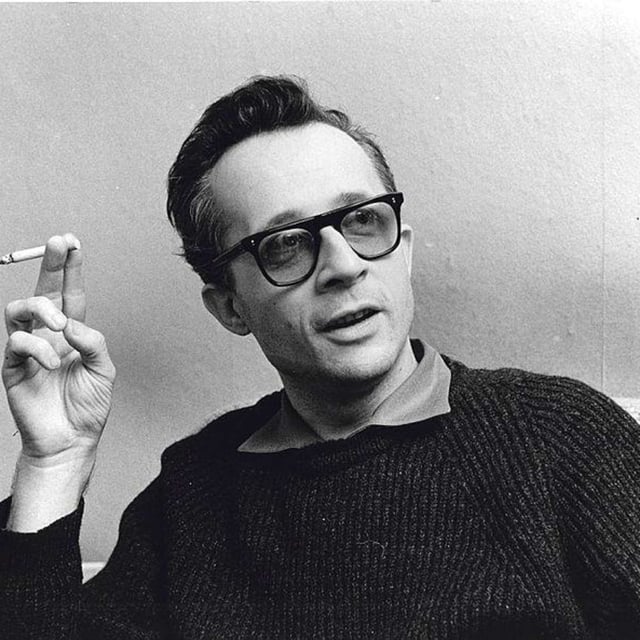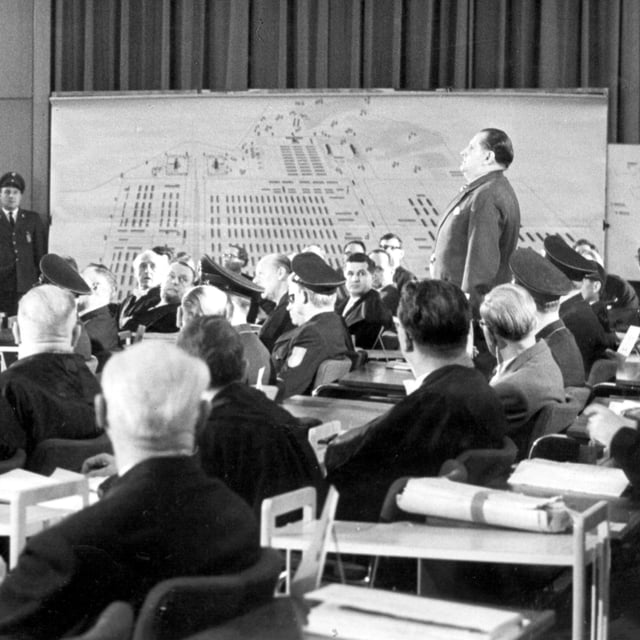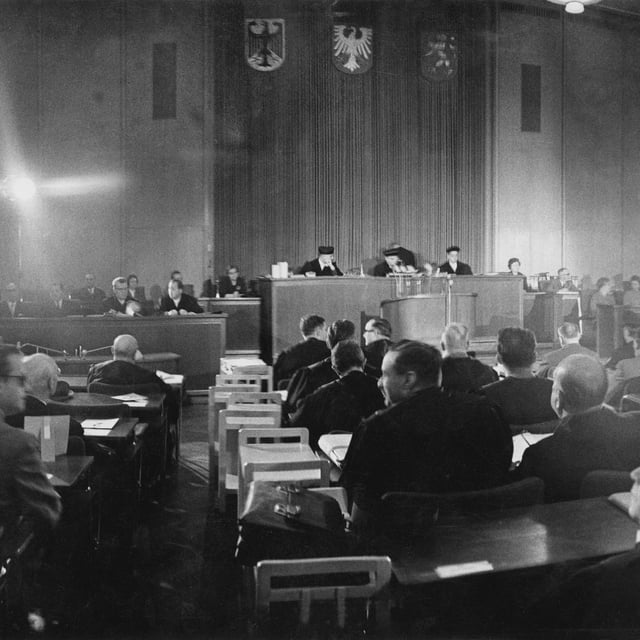Overview
- On August 20, 1965, the Frankfurt court concluded 183 hearing days with six life sentences, additional prison terms of three to 14 years, and three acquittals for Auschwitz perpetrators.
- Hessian attorney general Fritz Bauer pushed the proceedings to confront postwar denial, using the courtroom to bring the crimes of Auschwitz into public view.
- Crucial evidence included execution name lists from Auschwitz that reached prosecutors via survivors and intermediaries such as journalist Thomas Gnielka.
- Audio of 318 witness testimonies from the trial has been preserved and recognized by UNESCO, and the recordings are accessible through the Fritz-Bauer-Institut.
- The Bundesgerichtshof’s earlier demand for proof of individual acts curtailed convictions until a 2016 shift recognized participation in the killing apparatus, enabling a few late prosecutions.



